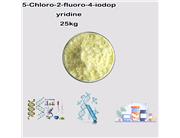Items | Specifications | Results |
Appearance | Off-white solid | Off-white solid |
Content(HPLC) | ≥98.0% | 99.83% |
Water content | <0.5% | 0.03% |
Conclusion | The product up to standard. |
2-Chloro-3-iodopyridine is a dihalogenated heterocyclic compound, specifically a pyridine ring substituted with chlorine and iodine atoms at the 2- and 3- positions, respectively.
Core Structure: A pyridine ring, which is a benzene ring with one carbon atom replaced by a nitrogen atom. This nitrogen is electron-withdrawing, making the ring electron-deficient (π-deficient) and influencing its reactivity.
Substituents: It features two different halogen atoms:
Key Chemical Properties and Reactivity
The primary chemical significance of 2-Chloro-3-iodopyridine lies in the differential reactivity of its two halogen atoms. This makes it a highly valuable and versatile building block (synthon) in synthetic organic chemistry, particularly for cross-coupling reactions and sequential functionalization.
| Halogen | Bond Strength | Innate Reactivity | Common Reactions |
|---|
| Iodine (I) | Weak C-I Bond | High Reactivity | Undergoes oxidative addition with palladium(0) catalysts very easily. It is also more susceptible to nucleophilic substitution. |
| Chlorine (Cl) | Strong C-Cl Bond | Low Reactivity | Requires specialized catalysts (e.g., XPhos Pd G3) for cross-coupling. It is relatively inert under mild conditions. |
This difference in reactivity allows chemists to perform sequential and selective chemical transformations.
1. Selective Cross-Coupling at Iodine
The iodine atom can be selectively functionalized via metal-catalyzed cross-coupling reactions while leaving the chlorine atom untouched. Common reactions include:
Suzuki-Miyaura Reaction: Coupling with boronic acids to install an aryl or vinyl group at the 3-position.
Sonogashira Reaction: Coupling with terminal alkynes to create an alkynyl group at the 3-position.
Heck Reaction: Coupling with alkenes.
These reactions typically use standard palladium catalysts like Pd(PPh₃)₄ or Pd(dba)₂ under mild conditions that do not affect the C-Cl bond.
2. Subsequent Functionalization at Chlorine
After the iodine has been replaced, the resulting 2-chloropyridine derivative can then be subjected to a second round of coupling. This requires harsher conditions or more powerful catalysts designed for challenging C-Cl bond activation (e.g., palladacycle catalysts or specific phosphine ligands like XPhos or SPhos).
Synthetic Utility and Applications
The power of this molecule is its role in modular synthesis. A synthetic chemist can use it to rapidly build complex, disubstituted pyridine structures, which are common scaffolds in:
Example Synthetic Sequence:
Start with 2-Chloro-3-iodopyridine.
Perform a Suzuki reaction with phenylboronic acid. This selectively replaces the iodine with a phenyl group, yielding 2-Chloro-3-phenylpyridine.
Perform a second Suzuki reaction (with a more potent catalyst) with a different boronic acid, say, a pyridyl boronic acid. This replaces the chlorine, yielding a complex 2,3-disubstituted pyridine like 3-phenyl-2-(pyridin-3-yl)pyridine.
In summary, 2-Chloro-3-iodopyridine is a strategically designed, bifunctional synthetic building block whose value stems from the orthogonal reactivity of its iodine and chlorine substituents, enabling the controlled, stepwise construction of complex molecules.
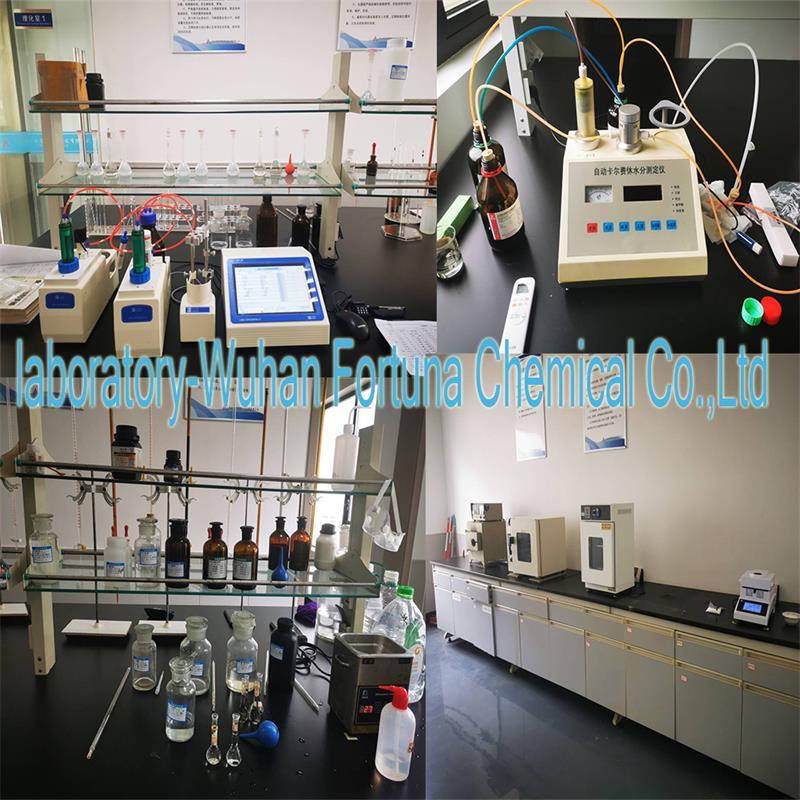

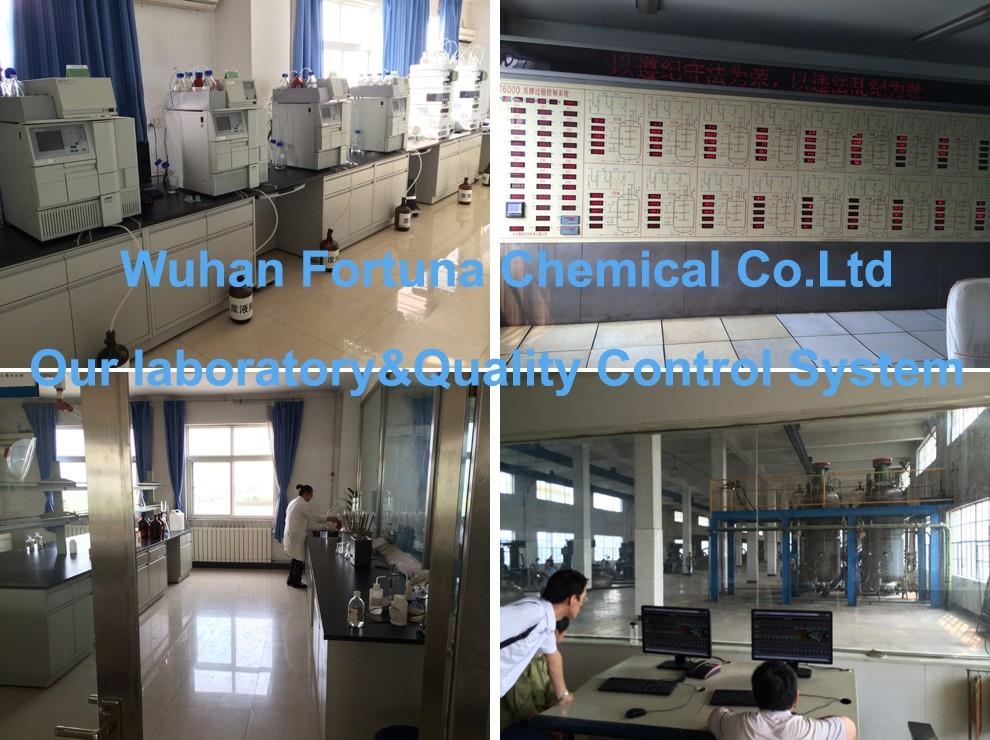





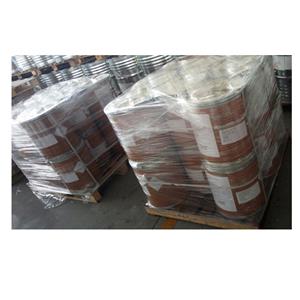
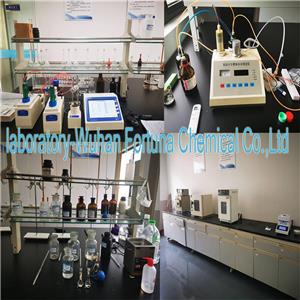
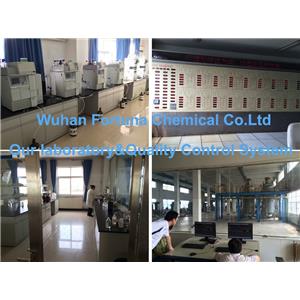

 China
China




